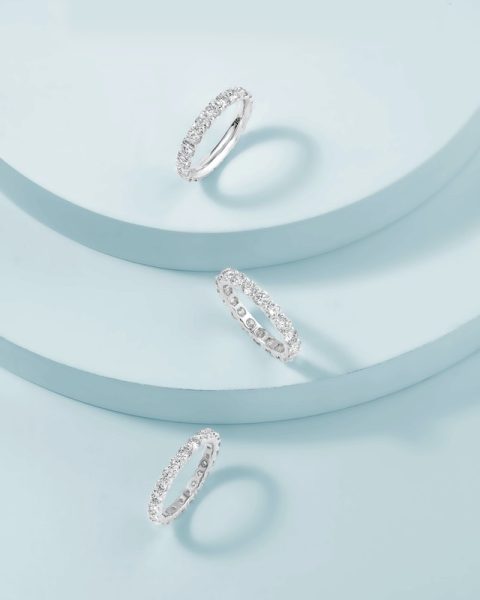There’s no doubt that lab-grown diamonds are gaining popularity in the jewelry industry as a sustainable option for consumers. These diamonds are created in laboratories using advanced technology that mimics the natural process of diamond formation, but with a fraction of the environmental impact. In fact, lab-grown diamonds require less energy to produce than their mined counterparts and generate significantly fewer carbon emissions. However, many people don’t know much about them or about their advantages. Fortunately, there are resources that can assist you. If you’re interested, keep reading to find out what exactly lab-grown diamonds are.
What are lab-grown diamonds?

Lab grown diamond engagement rings are an increasingly popular option for couples looking to make a statement with their engagement ring. Lab-grown diamonds, or man-made diamonds, are created in a laboratory setting using advanced technology and the same chemical composition as mined diamonds. You still get all the sparkle and durability of real diamond jewelry, but typically at a more reasonable price point. This can make a huge difference for anyone that wants to purchase a perfect ring or piece of jewelry without breaking the bank.
Unlike mined diamonds that come from deep within the earth’s mantle, lab-grown diamonds are made when scientists take a tiny piece of carbon and place it inside a vacuum chamber where it is heated to extreme temperatures and subjected to enormous pressure under precise conditions. This process mimics nature’s creation of natural diamond crystals but can be accomplished much faster – sometimes in only weeks rather than millions of years. The result is an identical structure at the molecular level with all the beauty of its naturally occurring counterpart.
Certifications and quality assurance for lab-grown diamonds are essential components of the purchasing process. In order to guarantee authenticity and value, jewelers require certification documents (such as GIA) verifying that each stone is indeed lab-created with all its characteristics accurately tested and identified. Furthermore, these certificates document the carat weight of each diamond along with other important information such as clarity grade.
What are the benefits of lab-grown diamonds?
Now that you know more about lab-grown diamonds, let’s talk about some of the benefits associated with these gems. The growing process for lab diamonds is also more environmentally and morally friendly, as it does not require mining, which is one of the most destructive practices on the planet. The production of lab-grown diamonds uses significantly less energy and emits fewer greenhouse gases than traditional diamond mining. This means that lab-grown diamonds are a more sustainable choice for those who are environmentally conscious or trying to go green.
Another benefit to purchasing lab-grown diamond engagement rings is they often cost significantly less than similar-sized mined stones because there is no need for expensive extraction methods or transportation costs like those associated with traditional stone acquisition processes. In addition, purchasers may feel better knowing that their purchase supports responsible production standards as well as ethically sourced materials free from blood money and harmful practices typically associated with conflict minerals like diamonds found in some countries around the world.
As you can see from this blog, lab-grown diamonds offer a sustainable, cost-effective, and conflict-free alternative to traditionally mined diamonds. They provide a more ethical and eco-friendly choice for those who are looking for a gemstone of comparable beauty and quality. Overall, lab-grown diamonds are becoming a popular choice for couples looking for a unique and meaningful way to express their commitment to each other. If you follow the advice in this article, you’ll be well on your way to finding the right ring or piece of jewelry featuring a lab-grown or synthetic diamond for your loved one.

